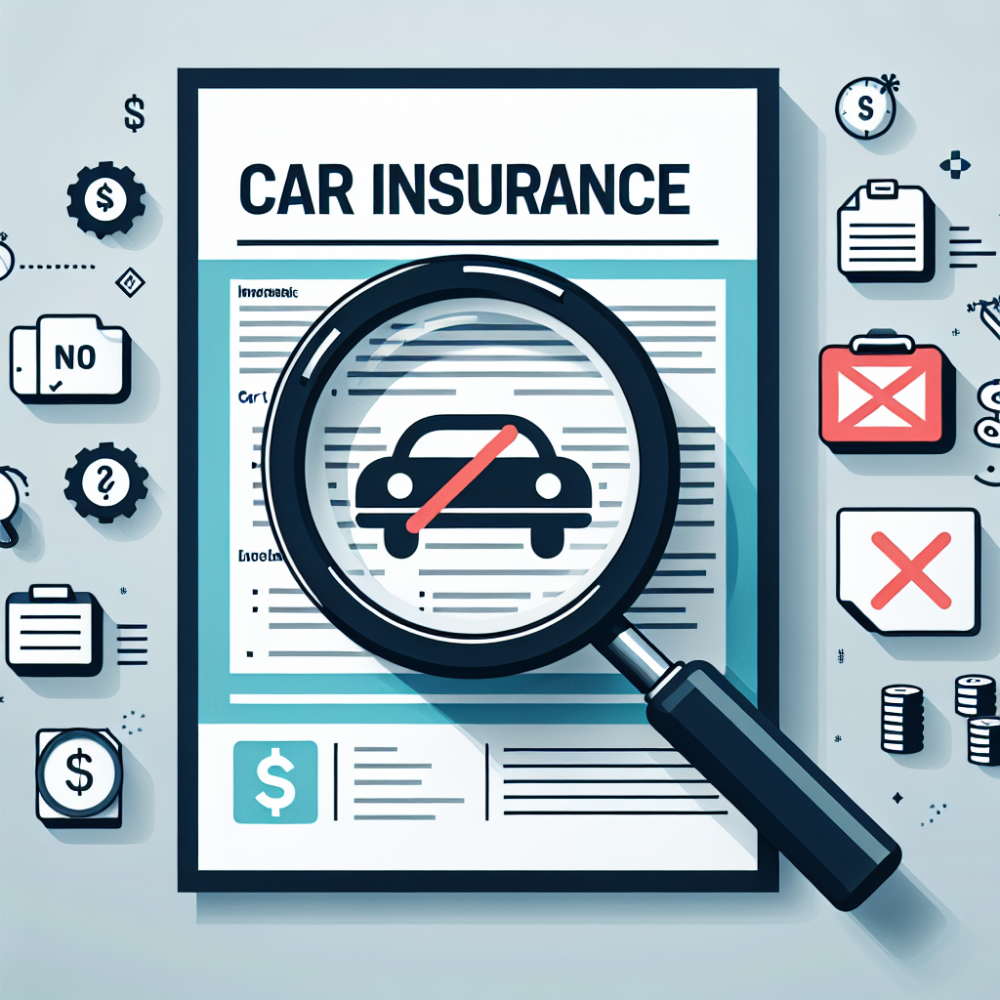Dispelling Common Car Insurance Misconceptions

Posted on: Saturday, March 2nd, 2024
In the world of car insurance, misinformation can lead to costly mistakes and missed opportunities for savings and optimal coverage. Many drivers hold onto myths about how car insurance works, influencing their decisions in ways that do not serve their best interests. This guide aims to debunk some of the most persistent myths, clarifying misconceptions and providing you with the knowledge needed to navigate your car insurance more effectively. From understanding how rates are determined to recognizing the extent of coverage you actually have, we're setting the record straight on common car insurance fallacies.
1. Red Cars Cost More to Insure
Contrary to popular belief, the color of your car does not affect your insurance premiums. Insurance companies are more concerned with the car's make, model, age, engine size, and the driver's history than its color. This myth likely stems from the association of red cars with speed and a higher likelihood of being pulled over, but in reality, color has no direct impact on insurance costs.
2. Older Drivers Always Pay More
While age can influence insurance rates, it's not a simple case of older drivers always paying more. In fact, drivers over the age of 55 can often benefit from lower rates due to their experience; however, rates might increase again as they move into their later senior years. This is often balanced by discounts for safe driving records and reduced yearly mileage.
3. Comprehensive Coverage Protects Against All Risks
Comprehensive insurance is extensive, covering theft, fire, vandalism, and natural disasters, but it doesn't cover everything. This coverage does not insure you for damages or injuries resulting from a collision, which is what collision insurance is for. Distinguishing the scope of comprehensive versus collision coverage is crucial in understanding what your policy actually protects against.
4. Your Credit Score Doesn't Affect Your Insurance Rate
Many drivers are surprised to learn that their credit score can indeed impact their car insurance rates in most states. Insurers use credit-based insurance scores to help determine risk, with higher scores potentially leading to lower premiums. This practice is barred in some states, but for the majority, maintaining a good credit score can be beneficial for your insurance costs.
5. The Minimum Legal Coverage is Enough
Though carrying the minimum legal coverage meets state requirements, it often does not provide sufficient protection in serious accidents. Minimum coverage typically includes liability insurance, but neglecting additional coverage options like comprehensive, collision, and uninsured motorist coverage can leave you financially vulnerable. Evaluating your needs carefully and considering higher coverage limits can safeguard your finances in the long term.
6. Personal Auto Insurance Covers Business Use
Using your personal vehicle for business purposes without proper coverage can lead to denied claims in the event of an accident. Personal auto insurance policies generally exclude coverage for vehicles used primarily for business. If you use your car for business, consider a commercial auto insurance policy or a personal policy with a business use endorsement.
7. All Insurance Companies Offer Similar Prices
Prices for car insurance policies can vary significantly between providers, even for the same coverage. Factors such as how a company determines risk, its claims process, customer service, and coverage options can affect premiums. Therefore, it’s essential to shop around and compare policies from multiple insurers to find the best rate and coverage for your needs.
8. Only the Policyholder is Covered When Driving
Most car insurance policies provide coverage for other drivers operating the vehicle with the policyholder’s permission, contrary to the belief that only the policyholder is insured. This extended coverage does not apply to all policies, so it’s important to read your policy details or consult with your insurer to know who is covered under your car insurance.
9. Full Coverage Includes Rental and Towing
The term "full coverage" can be misleading, as it doesn't inherently include rental reimbursement and towing services. These are optional coverages that must be added to your policy. Understanding what "full coverage" entails is crucial to ensuring you're not caught off guard by out-of-pocket expenses after your car is damaged or breaks down.
10. If Someone Borrows Your Car, Their Insurance Covers Any Accidents
It's a common misconception that if someone borrows your car, their insurance will kick in to cover any accidents. In most cases, it's your insurance that will be considered primary in the event of an accident, with the borrower's insurance serving as secondary coverage, if at all. Understanding how your policy covers permissive use is important to managing risks when lending your vehicle.
Debunking these car insurance myths can empower you to make more informed decisions about your coverage. Remember, knowledge is the key to navigating the complexities of car insurance, ensuring that you carry the right type and amount of coverage. Don't let misconceptions steer your policy choices in the wrong direction.